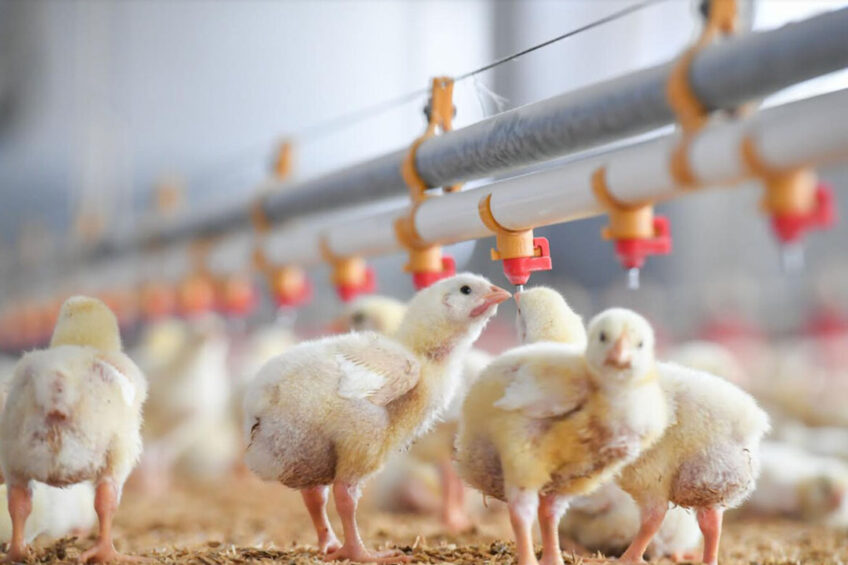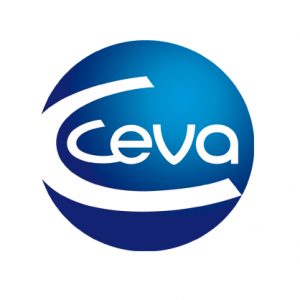The right balance between safety and efficacy in IBD control

Gumboro disease (IBD) is one of the most important diseases for the poultry industry, infecting the bursa and impacting the general health of the broilers. As known, it can impact the results in the field and the processing of the broiler’s carcass in the slaughterhouse.
Among the functions that the vaccine must perform is to block the bursa, through the replication of the vaccine virus, thus preventing the field strains from infecting the chick. The objectives of Gumboro vaccination programme must be:
- to ensure continuous protection of the chickens against infection by the Farm IBDV, from delivery of the day-old chicks until departure to the slaughtering plant or laying house (‘viral protection’);
- the chickens should be protected against the clinical consequences of infection (‘clinical protection’);
- to prevent or significantly reduce the amount of virus shed after challenge (‘protection against shedding’);
- to prevent the build-up of a higher virus pressure, cycle after cycle;
- stopping the evolution of the IBD virus towards a form that could escape the prevention programme.
For this, a live virus must be used, so that this block actually occurs.
Using live vaccines
However, some points must be observed in the use of live vaccines so that we have all the protection, in a totally safe way. The strain used in the vaccine must be attenuated and maintain its invasiveness without generating any kind of permanent damage to the cells of the bursa.
It is important to note that the lymphoid depletion generated by intermediate or intermediate plus strains, in which a decrease in bursa size is observed, is physiological and transient, not impacting the immune system of birds.
At the same time, this virus must be protected by antibodies (Virus Protecting Immunoglobulins VPI) so that the release occurs at the right time, and the inactivation of this vaccine virus does not occur, as in the Immune-complex IBD vaccines.
Immune-complex IBD vaccines are prepared from live attenuated IBDV strains of the intermediate plus type, mixed in with specific anti IBDV serum to regulate the safety and release of the vaccine once the MDA levels of the bird are reduced. A correct balance between the IBD virus and the anti IBDV antibodies is of crucial importance for the efficacy and safety of these vaccines.
Figure 1 – Illustration of an IBD immune complex vaccine, composed by the virus and specific antibodies

These vaccines can fully colonise the bursa, protect against all field IBD viruses and overcome MDA; some of the key advantages of the immune-complex vaccines. The vaccine take occurs when the MDA level decreases to a point that allows the vaccine virus to be released and to reach the bursa of Fabricius. From this moment on, the vaccine strain will replicate in the bursa of Fabricius and the chicken will be immunised against any type of IBD virus.
Figure 2 – Illustration of the moment when the vaccine virus will be able to reach the bursa, after the decrease of MDAs.

The fact that the virus is covered by VPI´s is important to maintain safety and stability in chickens with varying levels of maternal antibodies.
In case of low levels of MDAs, replication of the vaccine virus will occur earlier, and in birds with higher levels of MDA, it will occur later. In all birds thus adapted according to the most appropriate time for replication, and thus onset of active immunity
Figure 3 – Graph illustrating the adaptation of the onset of immunity chick to chick.

Adaptive immune-complex vaccine
As summary, to have IBD control and keep the consistency of the broiler production, provide protection against clinical and sub-clinical infection, and prevention of field virus replication is essential.
But it should be done with safety, with the immune-complex vaccine Transmune, that adapts to different maternal delivered antibodies levels, blocking the bursa for a better Gumboro disease control.
Author: Marco Aurélio Elmer Lopes, Global Marketing Manager – Ceva Corporate, Libourne – France






